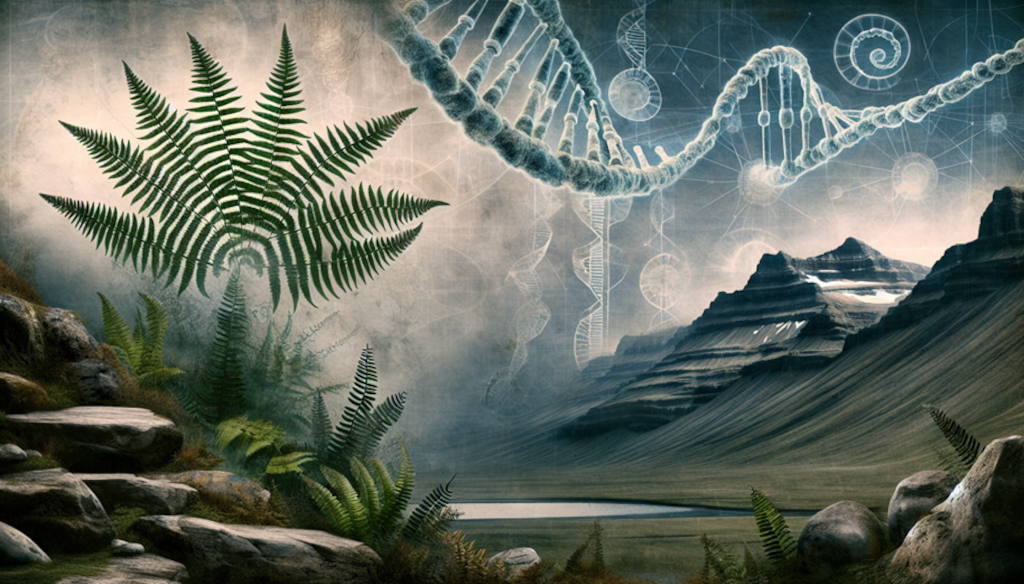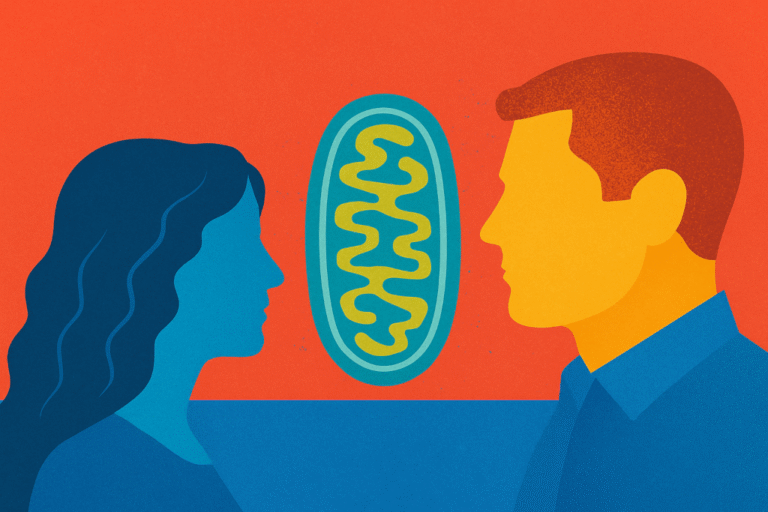Imagine hitting rewind on your favorite movie—everything starts going backward, from the final scene to the opening credits. Now here’s a wild thought: could evolution ever work the same way? Could nature “rewind” itself, with species regaining old traits they left behind millions of years ago?
It sounds like science fiction. But in biology, this strange concept—called evolutionary reversal—is very real. Only, it doesn’t play out quite like a rewind button.
When evolution turns back the clock… sort of
Here’s the twist: evolution doesn’t have a set direction. It’s not marching toward perfection or complexity. It’s all about survival in the moment. And sometimes, the best way forward… is backward.
Take ferns, for example. In some species, scientists have seen them revert to more ancestral forms, dropping specialized traits they evolved over time. Why? Because in certain environments, those older traits turn out to be more useful again. It’s like hauling out your winter coat after a warm spell. The old gear still works.
The same goes in the lab. Biologists have tracked bacteria and enzymes that regained lost functions—traits they hadn’t used in countless generations. But here’s the kicker: the genes didn’t evolve exactly the same way they had before. The function came back, but through a new path.
The hard truth: full reversal is rare
Now, before you imagine dinosaurs creeping back into the modern age, let’s set expectations. Evolutionary reversal isn’t common, and it’s rarely perfect.
Here’s why:
- Small changes, easier to reverse: If a trait evolved due to just one or two mutations, it might be rolled back if those mutations are lost or modified.
- Complex traits are sticky: Traits that evolved through many intertwined changes—like eyes or limbs—are much harder to reverse. That’s what Dollo’s Law is all about: once evolution gets complicated, there’s no going back the exact same way.
Still, sometimes nature finds a workaround. In dark caves around the world, many animals have lost their eyes completely. But this isn’t really “reversal”—it’s adaptation. In total darkness, eyes are just wasted energy.
Why this matters (and why it’s so cool)
These examples remind us that evolution isn’t about progress. It’s about fitness—whatever helps an organism survive and thrive right now.
- Sometimes that means gaining new traits.
- Sometimes it means dropping old ones.
- And sometimes, bizarrely, it means bringing back something ancient.
Think of it like building a house. If you add a fancy second floor but the foundation can’t handle it, you might need to tear it down and go simpler again. Nature does something similar—trading complexity for function when times get tough.
The final answer: not a rewind, but a remix
So, can evolution go in reverse? Kind of. Organisms can regain old traits or lose recent ones, but evolution doesn’t retrace its exact steps. It finds new ways forward, even if that means circling back to an old idea.
Evolution’s direction isn’t backward, forward, or upward—it’s opportunistic. It’s reactive. It’s adaptive.
And that’s what makes it so endlessly fascinating.
Your challenge: Next time you hear someone say “evolution makes us better,” ask—better for what? Nature’s only rule is: If it works, it sticks—even if it looks like a step back.




Leave a Comment